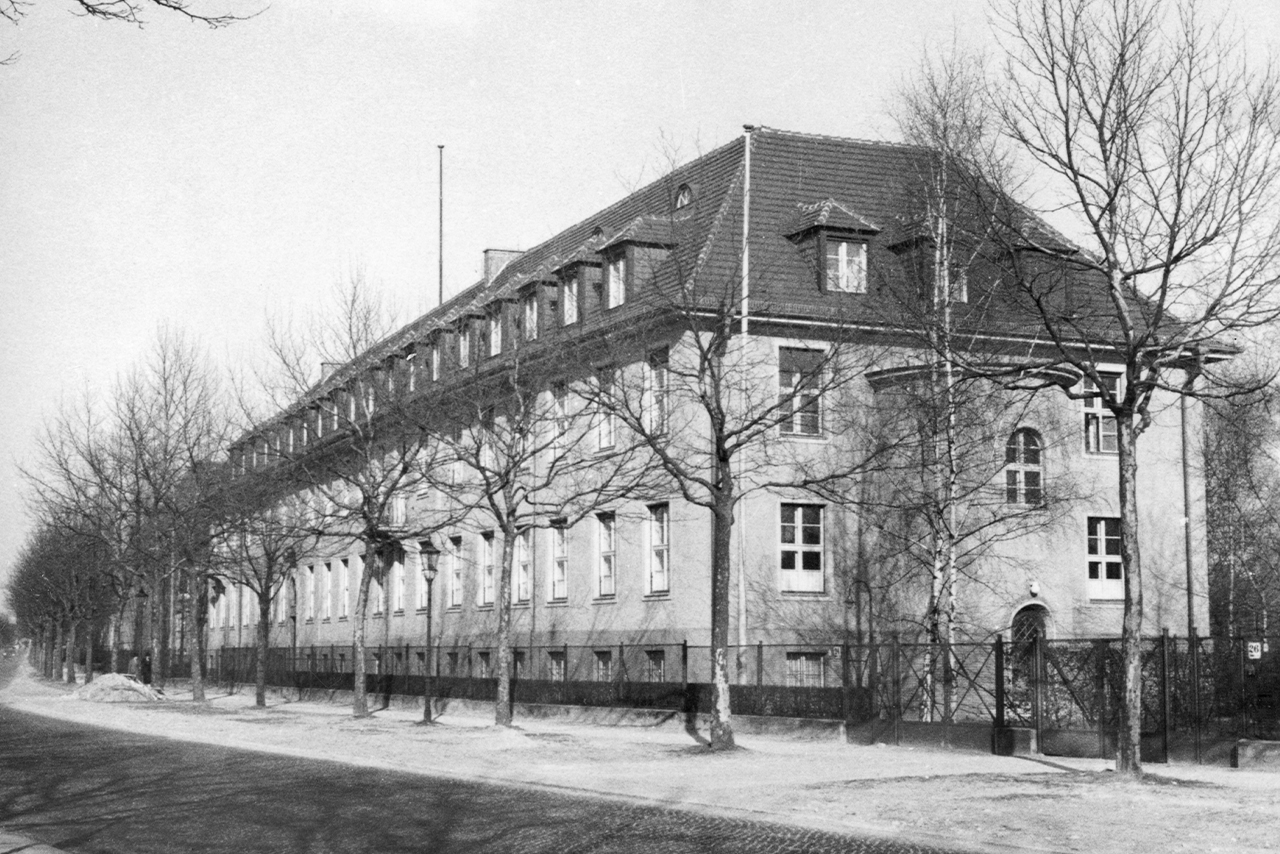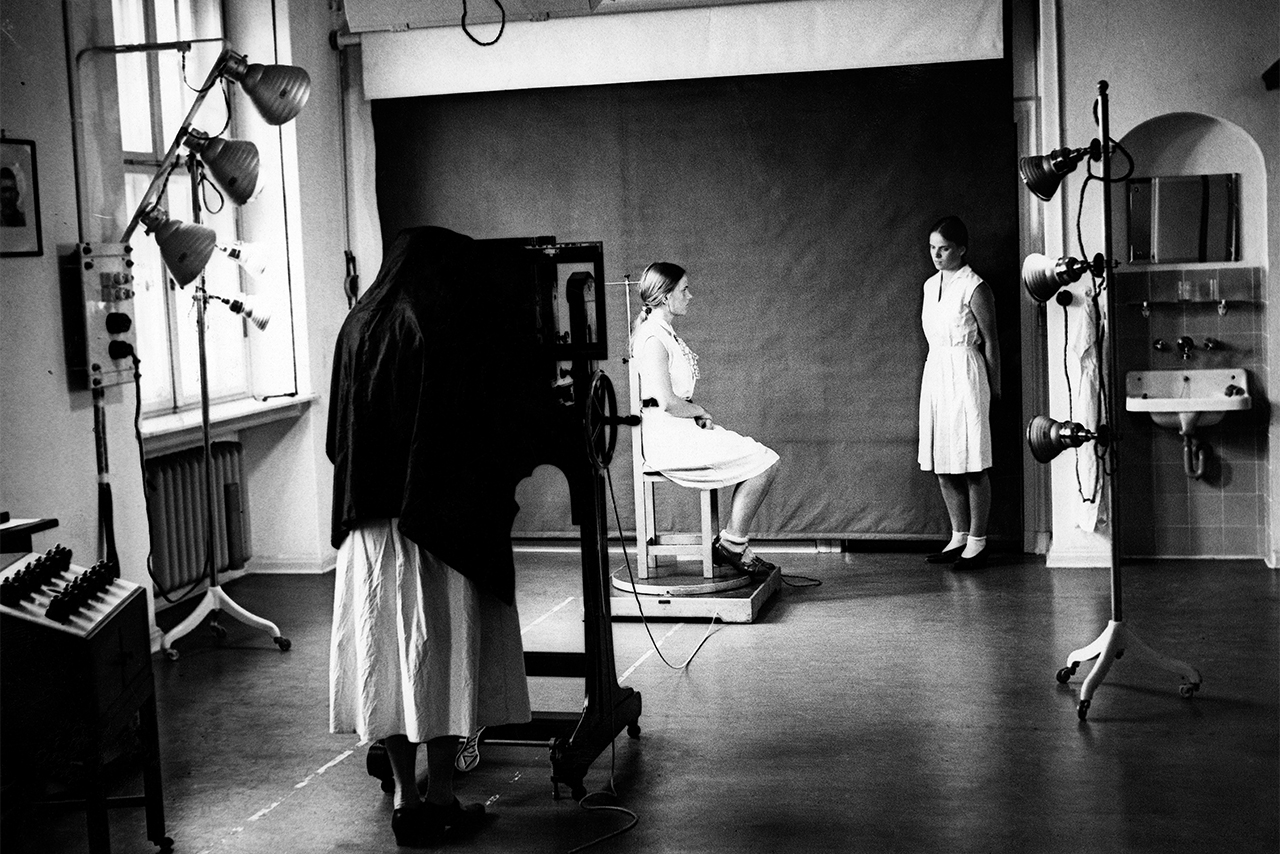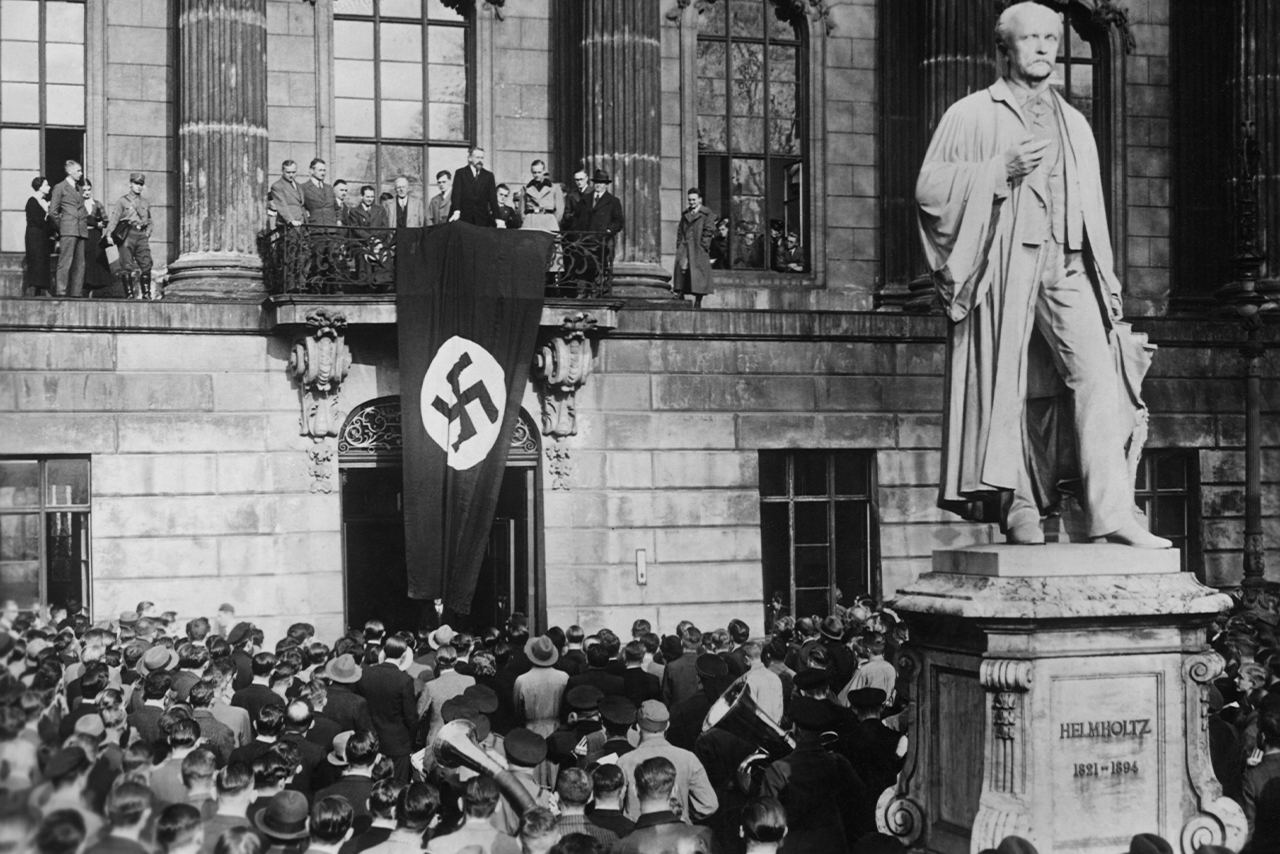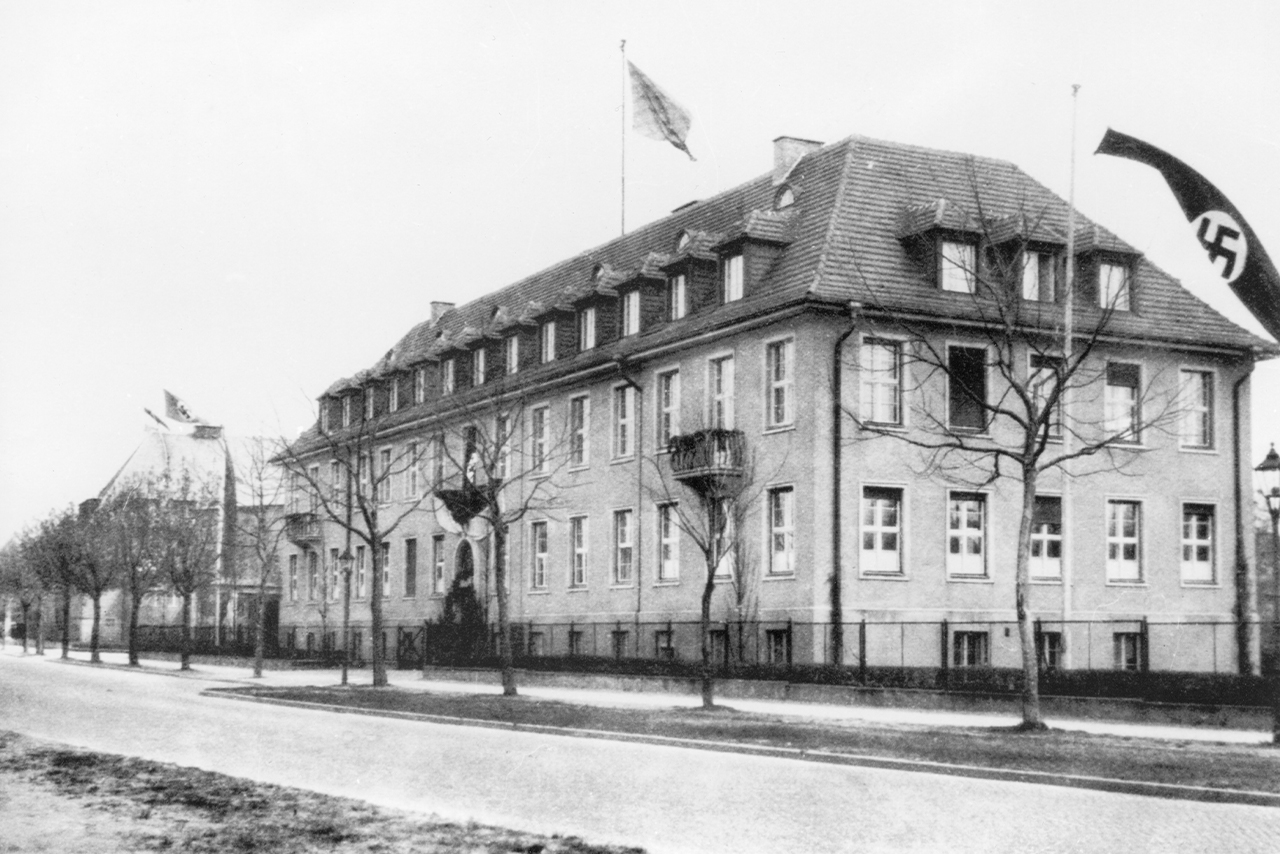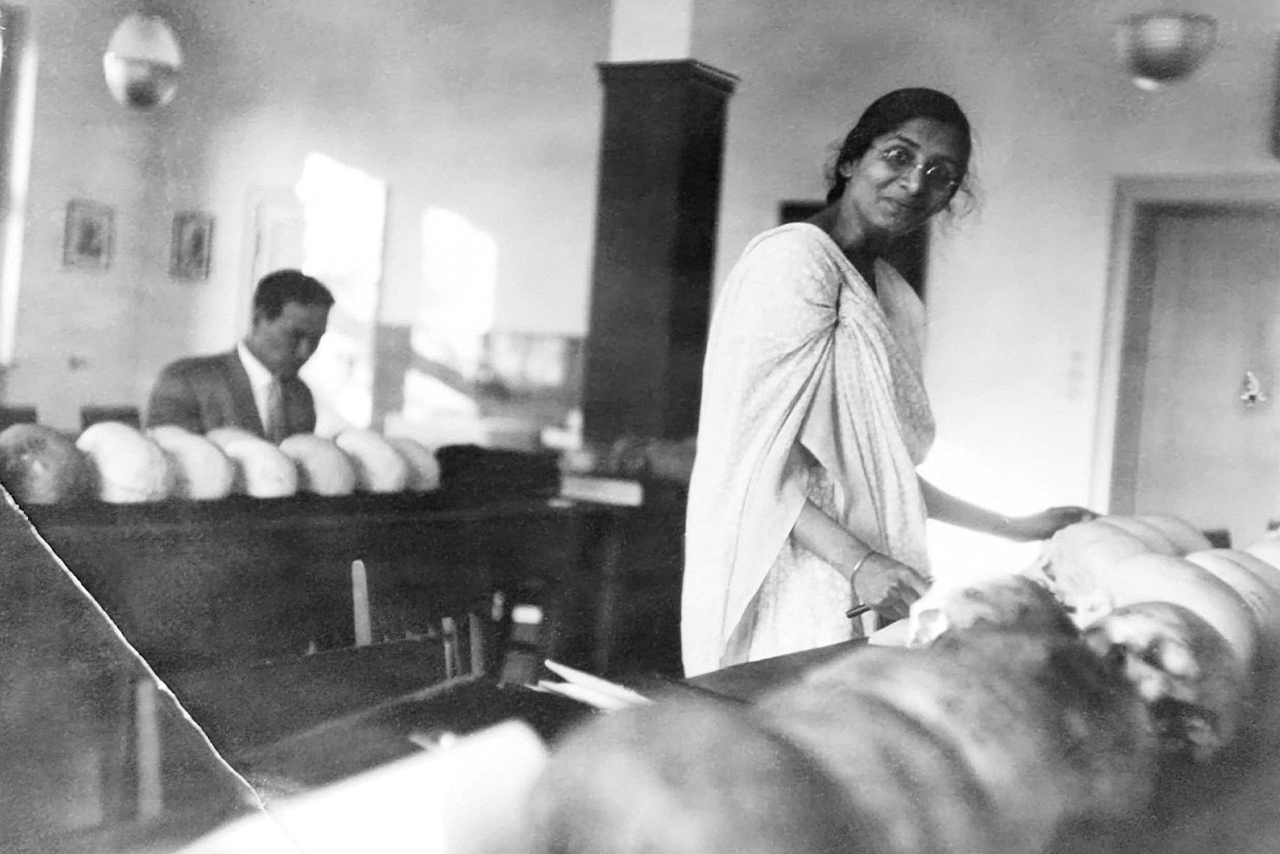“RACE”
AND
RACISM
“It is precisely the vagueness of the concept of ̒race’ that explains its success: ‘race’ was constantly being defined differently and never un- equivocally, and yet scientists were convinced that it existed. And so they were constantly kept busy by the task of reasserting and sharpening this idea.”
Christine Hanke, media theorist
Race does not exist – it is a social and political construct. Researchers at the Institute committed themselves to maintaining this construct. They contributed to a new standard in racial science, according to which “race” was defined by a variety of characteristics that were also capable of changing over time. Institute scientists thus distanced themselves from older approaches that had claimed that “race” was a static quality. Nevertheless, the existence of different “races” was indisputable for Institute staff, as was the attribution of different value to these “races”. Some scientists tried to develop “reliable” methods for categorising people according to their supposed racial group.
From 1932 to 1934, Walter Dornfeldt studied Jewish families who had immigrated from Eastern Europe. His results supported new theories at the time: even the shape of the skull, which until then had been understood as a steadily inherited “racial characteristic”, changes from one generation to the next. However, Dornfeldt did not doubt the existence of essentially different “races”.
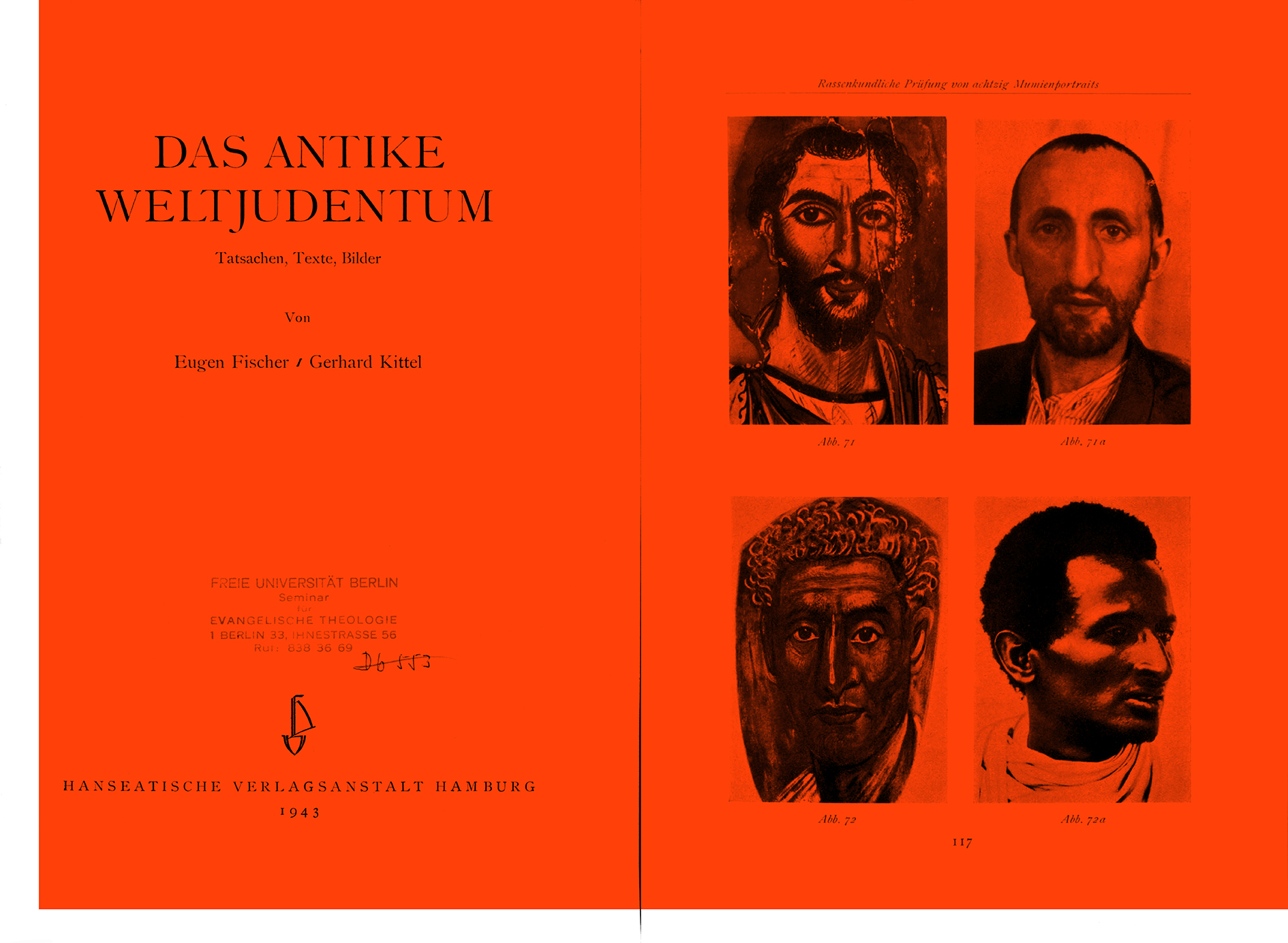
In the anti-Semitic book “Ancient World Jewry”, Eugen Fischer used a practice from which the Institute had officially distanced itself. He compared portraits from ancient Egypt with contemporary photos, in order to speculate freely over whether the people depicted belonged to “Oriental and Middle Eastern races”. He also used photos that doctoral students had taken of Jews in the ghetto of Łódź in 1940.
Otmar von Verschuer hoped to be able to classify people according to “race” by simple and definitive means. He attempted to design a blood protein test based on a biomedical reaction developed by Emil Abderhalden (1877–1950). For these experiments, his former assistant Josef Mengele provided him with blood samples forcibly taken from victims of Nazi persecution imprisoned in the Auschwitz-Birkenau extermination camp.

At the end of the 1920s, the Indian doctoral student Irawati Karvé (1905–1970) measured 149 human skulls from the anthropological collection of the Institute, among others. She wanted to determine whether the nature of the asymmetries in the skulls made it possible to categorize them according to “race”, as it was anthropologically understood. Her answer? No. She did not, however, question the idea of “race” itself.
Heinz Alexander
Heinz Alexander (1911–1993) was born in Frankfurt am Main to the prominent doctor Franz Alexander and his wife Käthe. In 1937, the 26-year-old architect was accused by the Gestapo (the Nazi Secret Police) of so-called “Rassenschande” (“race defilement”). From 1935 on, the “Nuremberg Laws” had prohibited sexual relationships between people said to be of “German blood” and “Jews”. The Nazis labelled Heinz Alexander a “Jew”, asserting that his parents had converted from Judaism to Protes- tantism. He therefore faced imprisonment.
At his trial, Heinz Alexander argued that his biological father was of “German blood”, pleading not guilty under the eyes of the new race law. The court commissioned Otmar von Verschuer to provide an “expert” opinion. With the support of Josef Mengele, his doctoral student in Frankfurt, Verschuer classified Heinz Alexander as “Volljude” (“Full Jew”). The court, however, rejected this classification.
After five months in custody, Heinz Alexander won his trial. He immigrated to Brazil, where his parents later joined him. He settled in São Paulo and married Doris Fleischner in 1946. They had two sons together. Henrique Alexander, as he came to be known there, became a successful architect and contributed innovative ideas to Brazilian architecture from the 1950s to the 1990s.
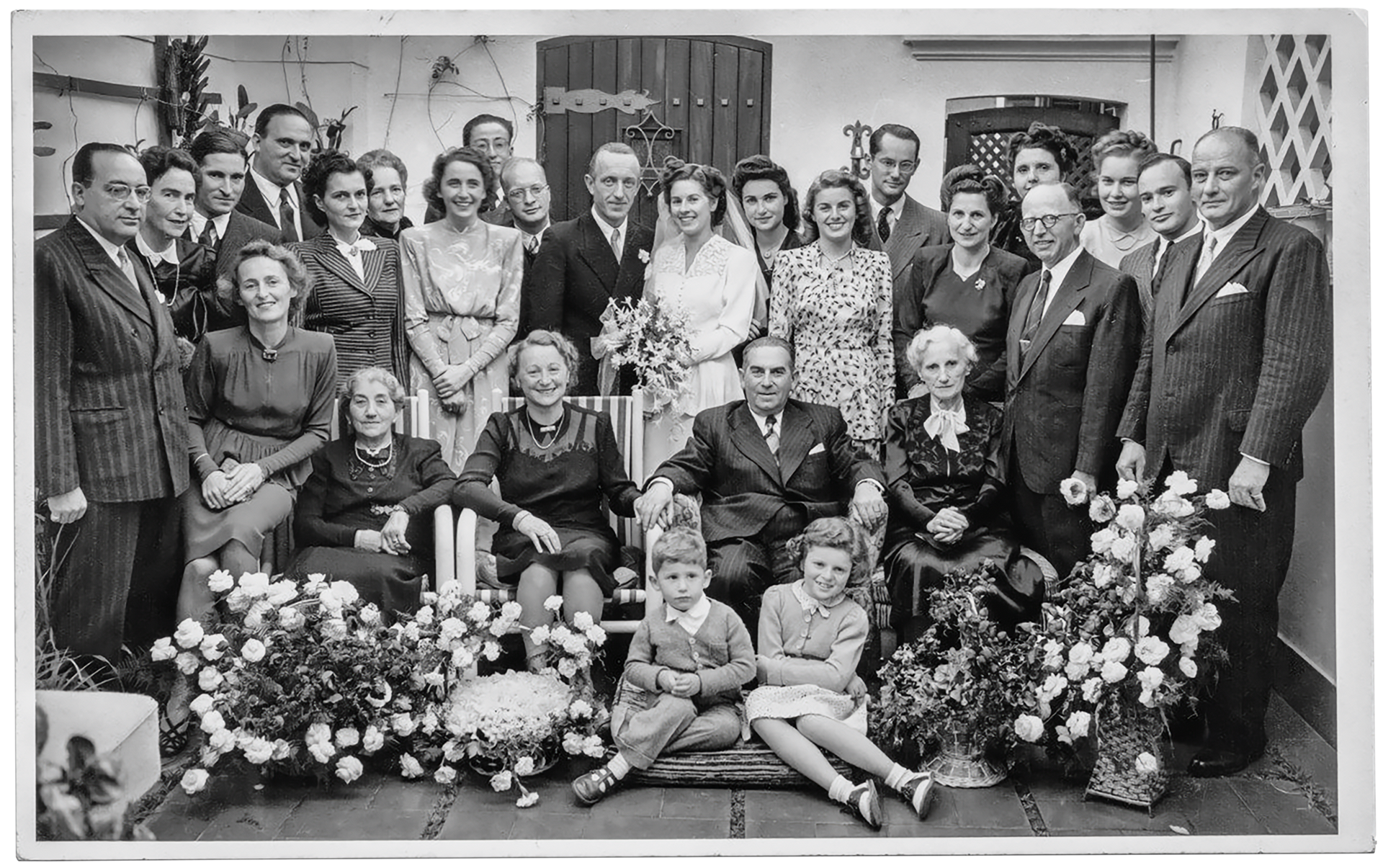
Wedding of Henrique Alexander and Doris Fleischner in São Paulo, 1946
Family Archive Stefan Alexander

Anthropological photographs from the report on Heinz Alexander, 1937
Federal Archives, Berlin
The Institute was tasked by courts and authorities to present expert opinions on lineage. The scientists categorised people into so-called “races”. For the 1937 report on Heinz Alexander, Otmar von Verschuer had photos taken of him and his parents. Verschuer classified Heinz Alexander as a “Volljude” (“Full Jew”) – and thus put his life in extreme danger.
Defending the concept of “race” after 1945
Former Institute staff vehemently defended ideas of “race” and human inequality, even after 1945. In 1950, UNESCO, the educational and scientific organisation of the United Nations, published a “Statement on Race”. After the experience of National Socialism, they wanted to clarify the question of “race” scientifically and emphasised the equality of all people. Following protests from biologists, a commission was formed to revise the statement. Hans Nachtsheim, former Head of the Department of Experimental Hereditary Pathology, was a member of this commission.
Nachtsheim asked his former colleagues Eugen Fischer, Fritz Lenz, and Hans Weinert for comments. Their comments were overtly racist. Nevertheless, in 1952, UNESCO published a new statement which included excerpts from their comments.
What role does the idea of “race” play in antisemitism?
Video commentary by
Prof. Dr. Doron Kiesel, Central Council of Jews in Germany
3:13 min.





